Whistling Wi n ds



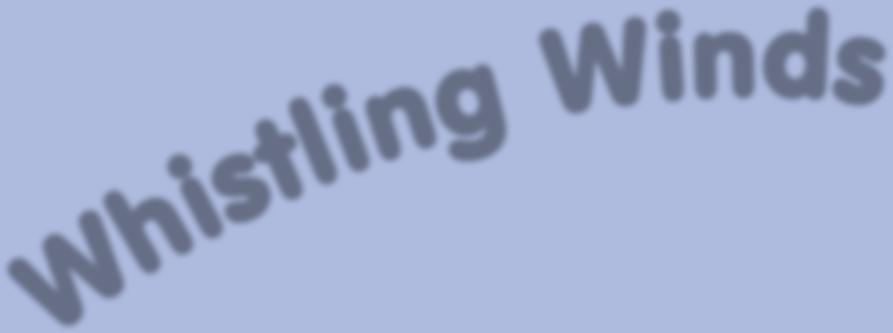




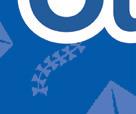






Teachers and parents
Before tackling these Blue Level Readers, a student will need to be able to:
l Recognize the basic 42 letter sounds, ‹y› as in happy and fly, the “hop-over ‹e›” digraphs in words like take, these, bike, code, and mule, and the other alternative spellings in the leaves below;
l Read (blend) regular words containing these letter sounds;
l Recognize the tricky words shown in the flowers below;
four want other each ew few
could should au haunt ow owl slow y fly
saw more
two
ay play
oy
s
because would
The wind spreads the pollen that gives some of us hay fever.

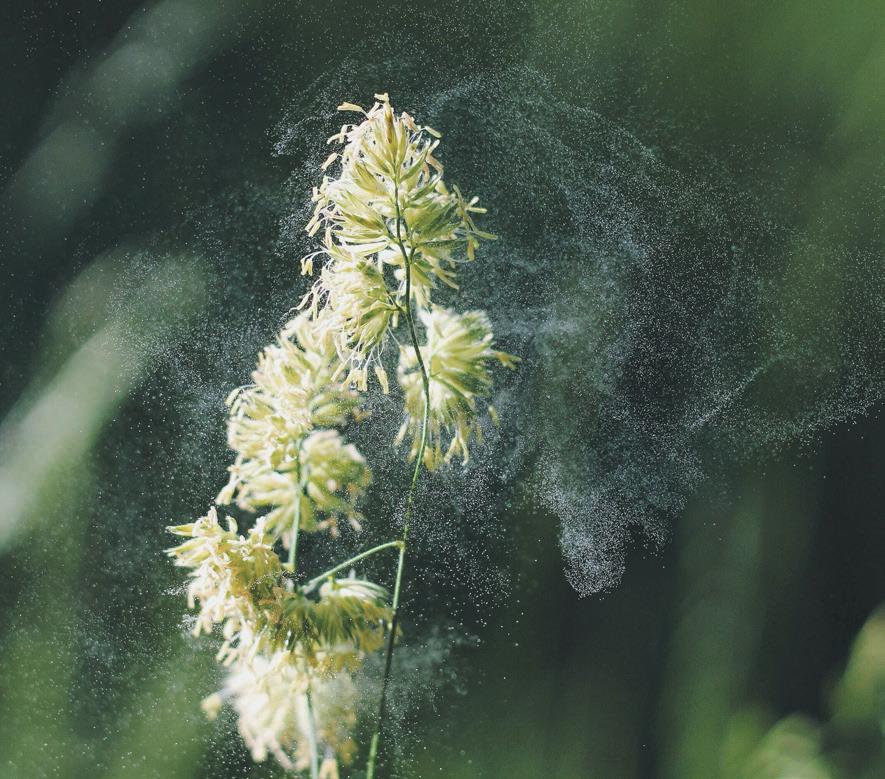

pollen





It ruffles animals’ fur.

This dog is very windswept!

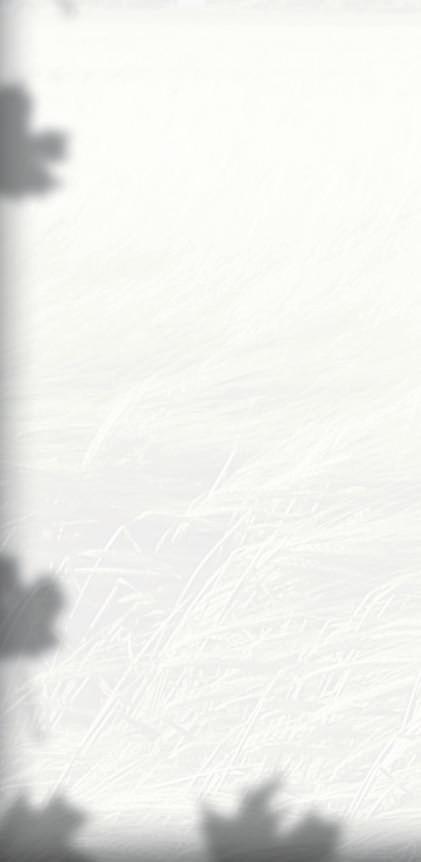
Over time, a strong wind can even make trees permanently bent.

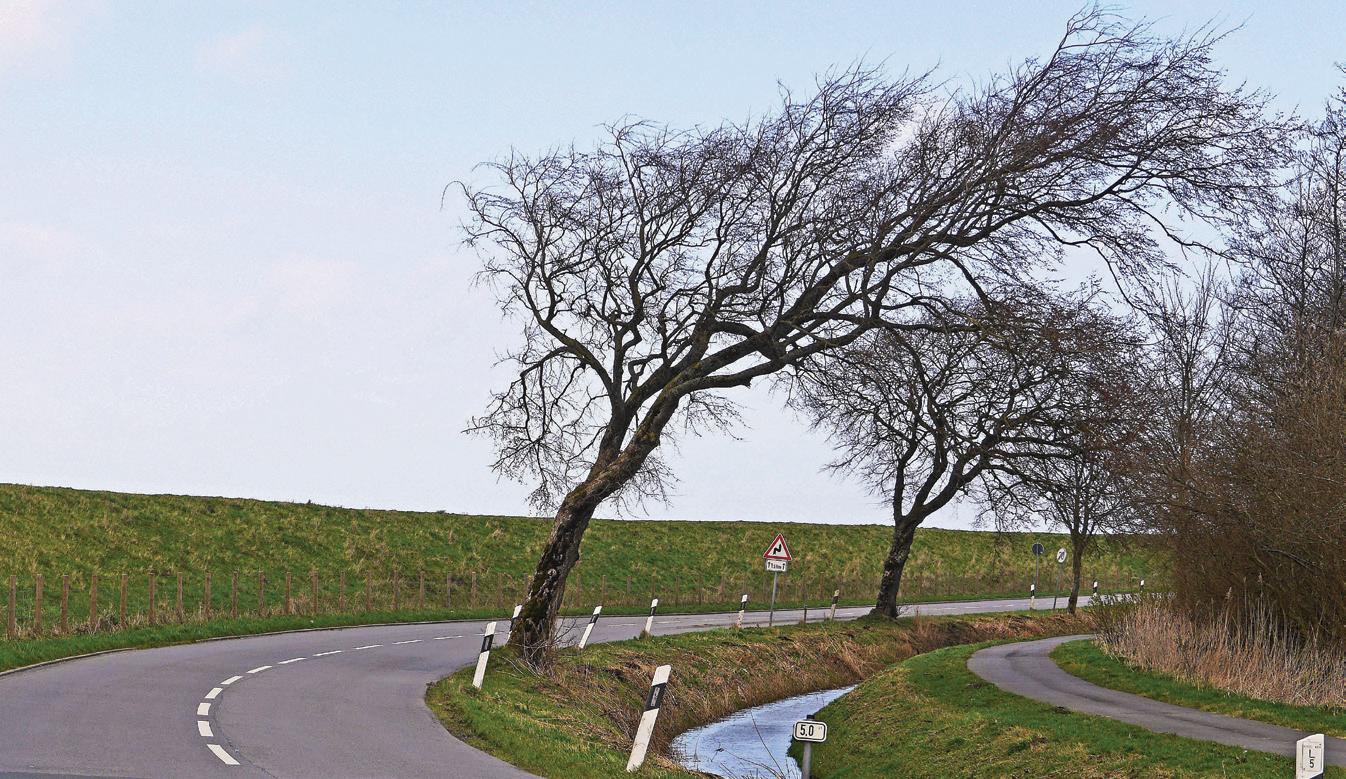
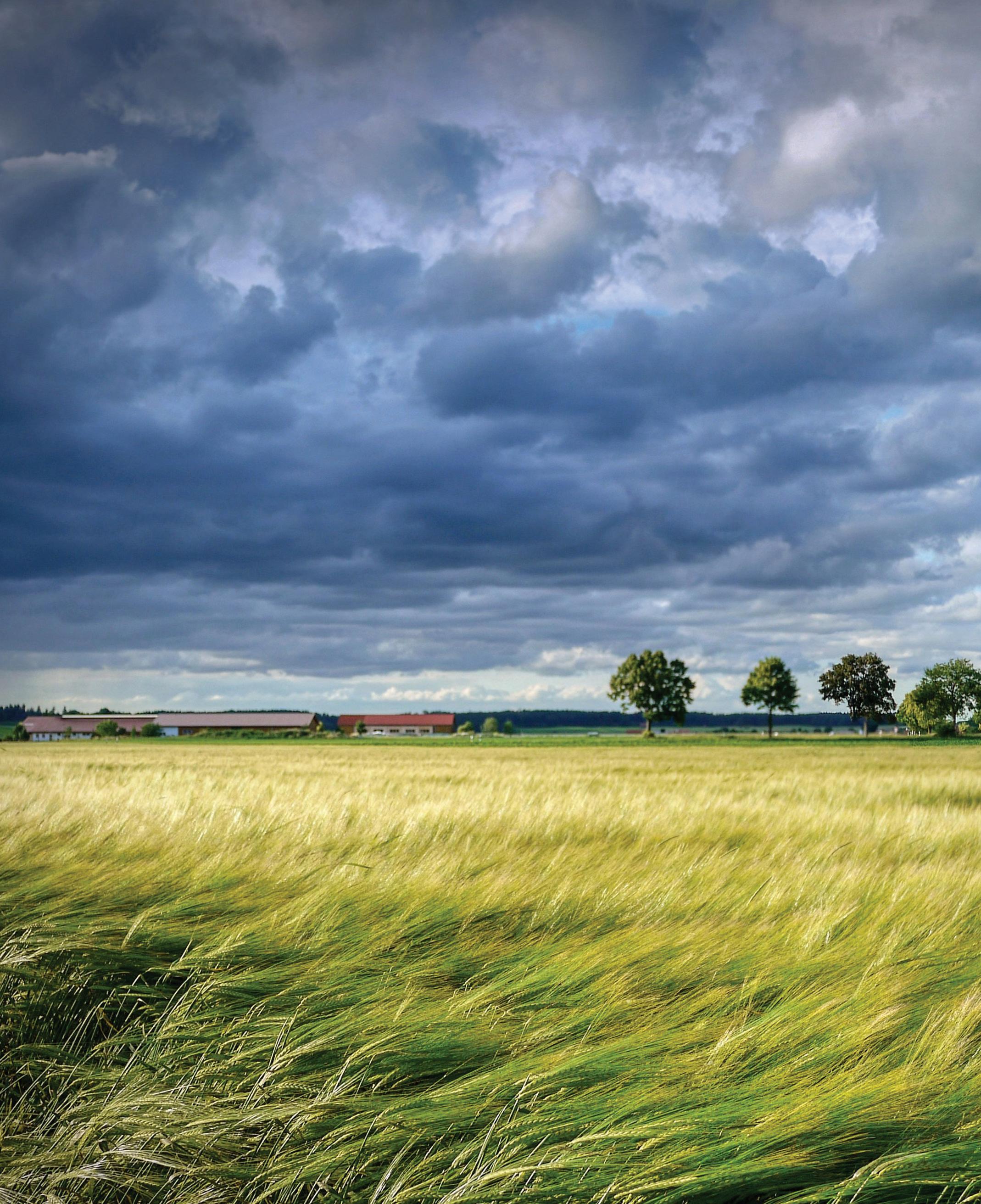
Even a weak wind can shape things.





These rocks in South America have been shaped by the wind. It takes a very long time for this to happen. As the wind blows, it picks up small bits of sand and dust. The sand and dust then rub against the rocks to make these odd shapes.
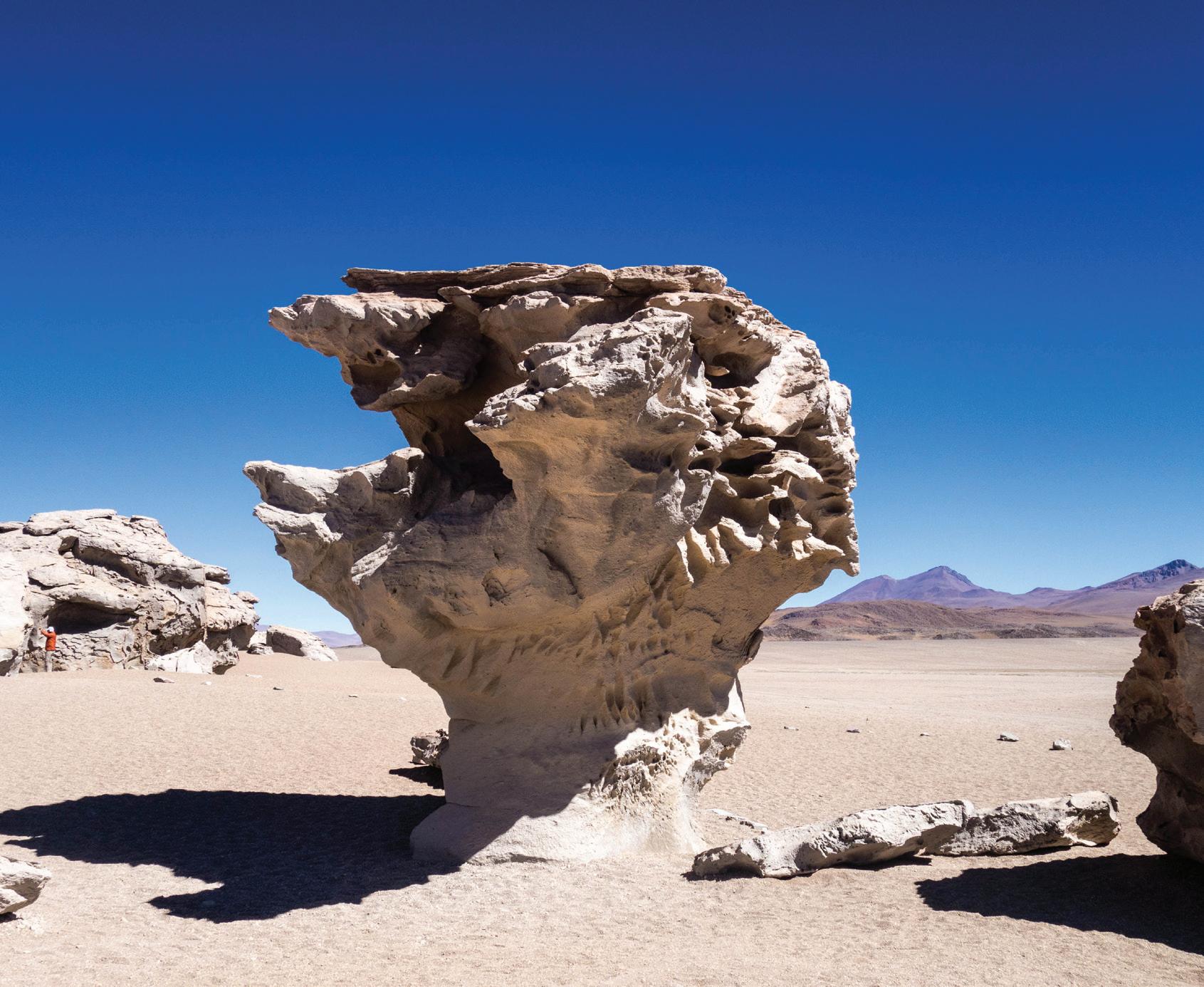
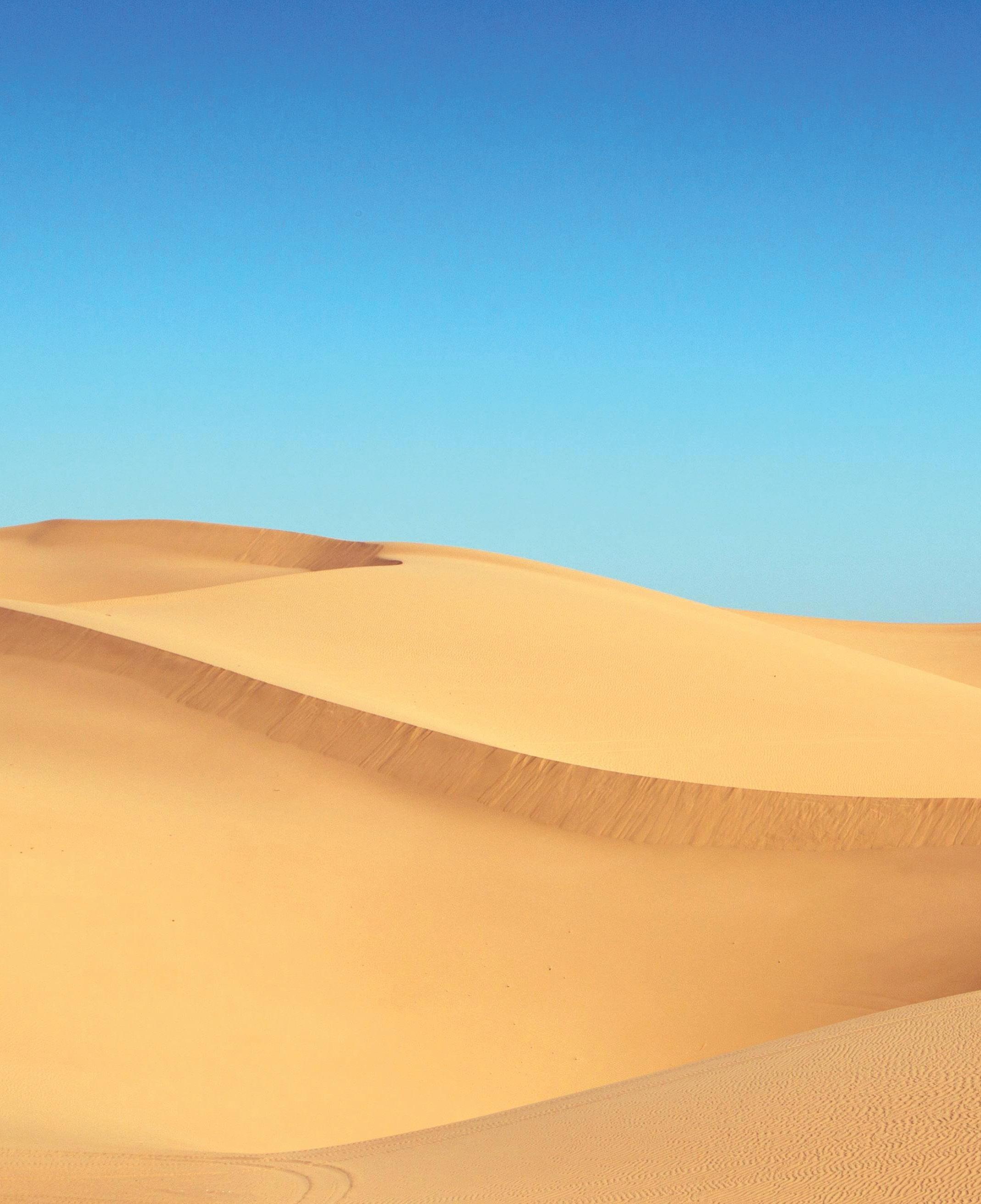
The wind shapes and smooths the sand dunes in a desert as well.

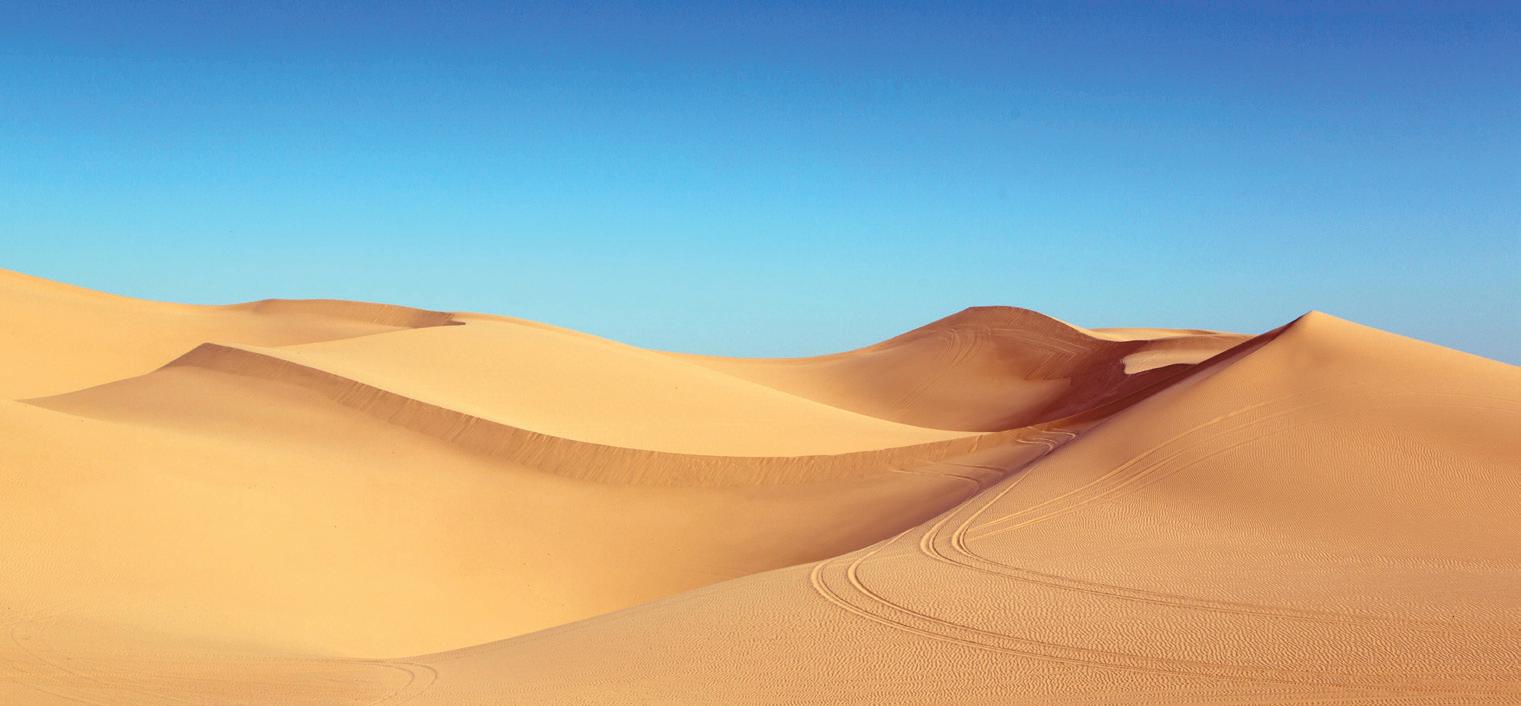

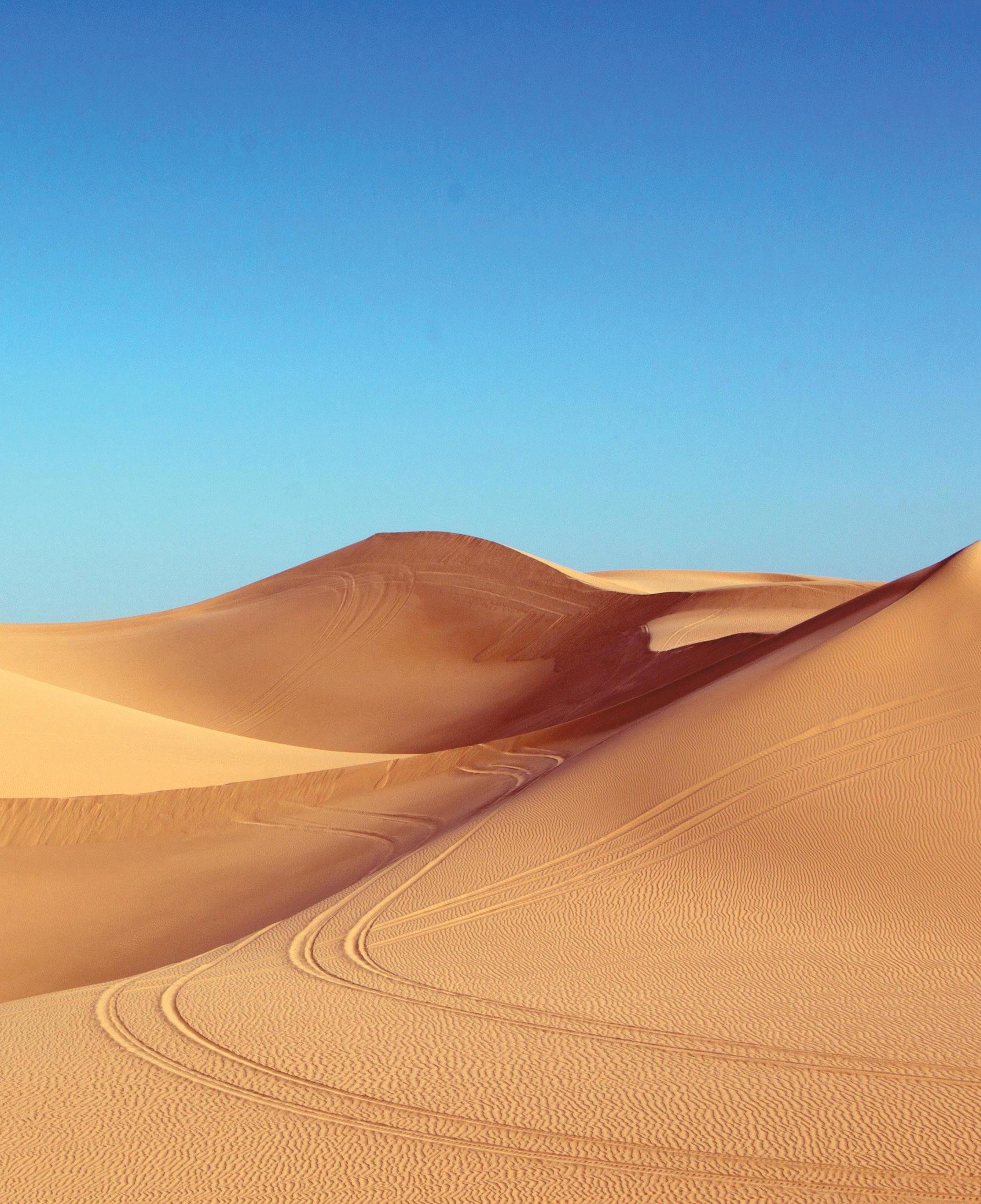
Sometimes, a strong desert wind picks up a lot of sand and dust, and forms a sandstorm. dust clouds
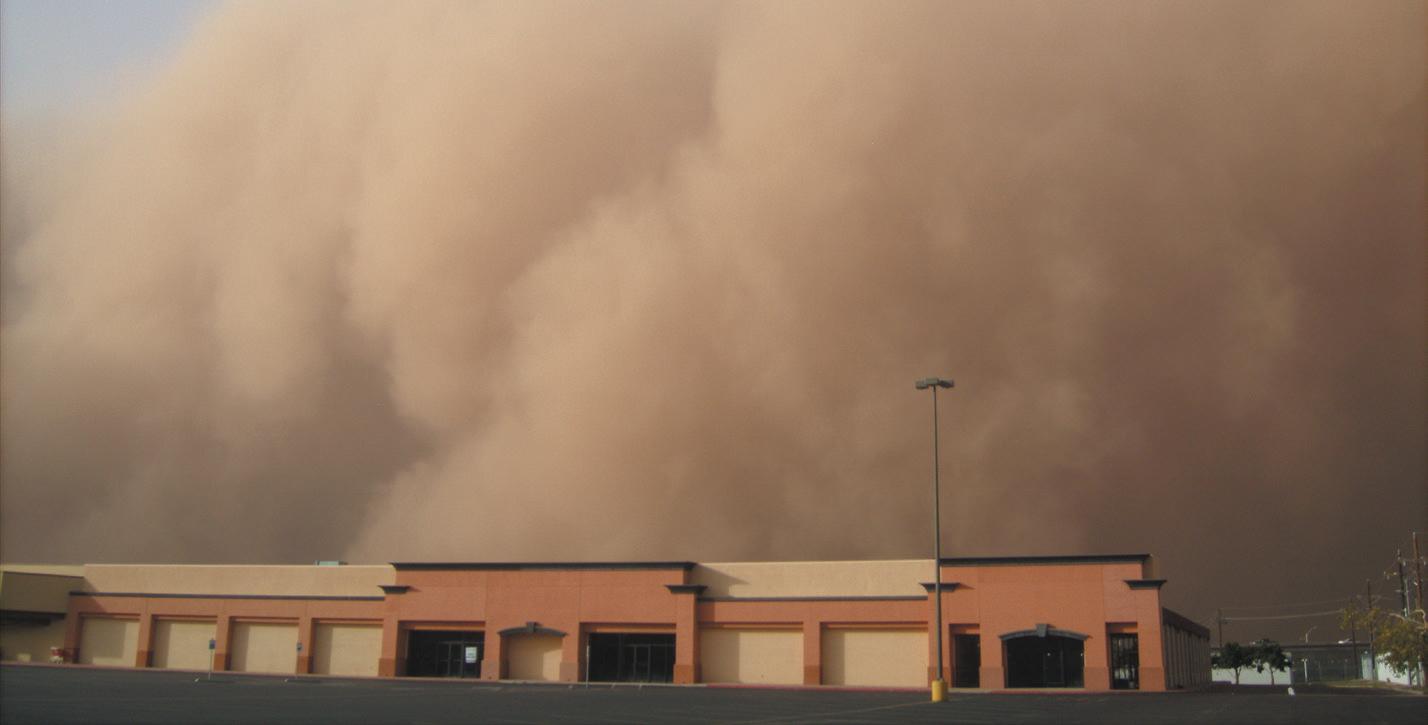
It is very unpleasant to be stuck in a sandstorm.








The wind powers the many Dutch windmills (or wind pumps) that line the canals in the Netherlands. They were built in around 1740 (seventeen forty) to drain the land so that it could be used to grow crops. Some of these windmills are still used to stop the canals overflowing onto the land.
Dutch windmills (or wind pumps)




canal







Teachers and parents
An important part of becoming a confident, fluent reader is a student’s ability to understand what they are reading. Below are some suggestions on how to develop a student’s reading comprehension. Make reading this book a shared experience between you and the student. Try to avoid leaving it until the whole book is read before talking about it. Occasionally stop at various intervals throughout the book.
l Ask the student if they learned anything in the book that they did not know before.
l Ask the student which part of the book they thought was the most interesting. Ask them to explain why this part interested them most.
l Ask the student to describe what is happening in the pictures.
l Relate what is happening in the book to any real-life experiences the student may have.
l Pick out any vocabulary that may be new to the student and ask what they think it means. If they don’t know, explain it and relate it to what is happening in the book.
l Encourage the student to summarize, in their own words, what they have read.
What’s in the book?
l What is a wind with a speed of eight knots called?
l Name two things that can show you which way the wind is blowing.
l How do sailors sail into the wind?
What do you think?
l Do you think we should have more wind turbines? Why (not)?
l Would you like to fly in a hot air balloon?


